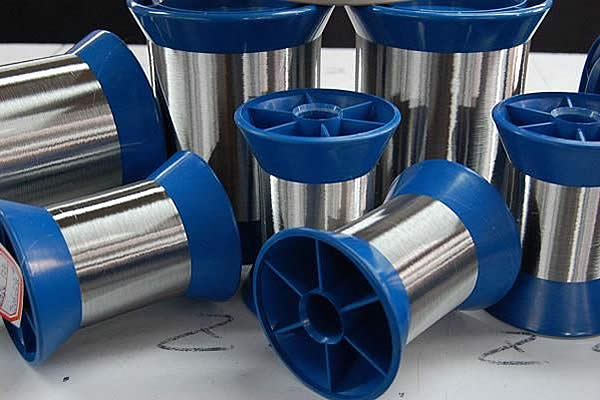 TEL:
+86-13102802206
TEL:
+86-13102802206
 Email:
fencenetting@china.com
Email:
fencenetting@china.com
 Language
Language
 TEL:
+86-13102802206
TEL:
+86-13102802206
 Email:
fencenetting@china.com
Email:
fencenetting@china.com
 Language
Language


The Cost of Temporary Fencing A Comprehensive Overview
Temporary fencing plays a critical role in various industries, including construction, events management, and property protection. Whether it’s for securing a construction site, hosting a public event, or safeguarding a perimeter, the cost of temporary fencing is a significant factor that needs to be considered. This article will break down the different components contributing to the overall cost of temporary fencing, discuss various types available in the market, and highlight some key factors that influence pricing.
Types of Temporary Fencing
The cost of temporary fencing can vary widely based on the type and material used. The most common types include
1. Chain-Link Fencing This is one of the most popular options due to its durability and security features. Chain-link fences provide a sturdy barrier and are often used in construction sites and events. The cost for chain-link temporary fencing typically ranges from $10 to $20 per linear foot, depending on the height and gauge of the wire.
2. Mesh Fencing Lightweight and easy to install, mesh fencing is commonly used for crowd control at public events. The average cost of mesh fencing is about $7 to $15 per linear foot, making it an economical choice for temporary boundaries.
3. Panel Fencing This option usually consists of pre-assembled panels that are easy to set up and remove. Panel fencing is often used at events and can provide a more polished look. Costs for panel fencing can range from $15 to $25 per linear foot, depending on the quality and finish.
4. Wooden Fencing Although less common for temporary solutions, wooden fencing can be rented for events that require an aesthetic appeal. The cost of wooden temporary fencing typically runs higher, ranging from $20 to $40 per linear foot, as it offers a rustic and visually appealing option.
Factors Influencing Temporary Fencing Costs

Several factors can impact the cost of temporary fencing, and understanding these can help in budgeting for your next project or event.
1. Length and Height The most straightforward determinant of cost is the amount of fencing required. Longer and taller fences will naturally cost more, as you will need more materials and, potentially, more labor for installation.
2. Rental Period Temporary fencing is often rented rather than purchased, and the rental costs can vary based on how long you need the fencing. Rental agreements can be hourly, daily, or weekly, which is another factor in budgeting.
3. Installation and Removal In addition to the cost of the fencing itself, many suppliers will charge for the installation and removal of the panels or sections. This service can add anywhere from $1 to $5 per linear foot to your total cost.
4. Location Transportation costs can vary based on the proximity of the fencing supplier to your location. If you are in a remote area, transportation fees could significantly increase the overall cost.
5. Additional Features If you require added features such as gates, privacy slats, or additional stabilization for the fencing, these will also increase your total cost. Gates can range anywhere from $100 to $500 each, depending on size and functionality.
Budgeting for Temporary Fencing
When planning for temporary fencing, it’s essential to develop a comprehensive budget that accounts for all direct and indirect costs associated with the fencing. Start by estimating the length required and selecting the type of fencing that best meets your security and aesthetic needs. Don’t forget to include installation and removal fees, as well as any potential costs for additional features.
In conclusion, temporary fencing is a fundamental element for numerous applications, and understanding the factors that influence its cost is vital for effective planning. By assessing your specific needs and evaluating your budget accordingly, you can make an informed decision that aligns with your expectations and requirements. Whether it’s for an event, construction site, or securing a property, temporary fencing can provide the solution you need at a price that fits your financial plans. As you embark on your project, take the time to compare suppliers and options, ensuring that you get the best value for your investment in temporary fencing.